Looking At Pixels Part 2: Buildings in Gen 1 Pokémon Cities
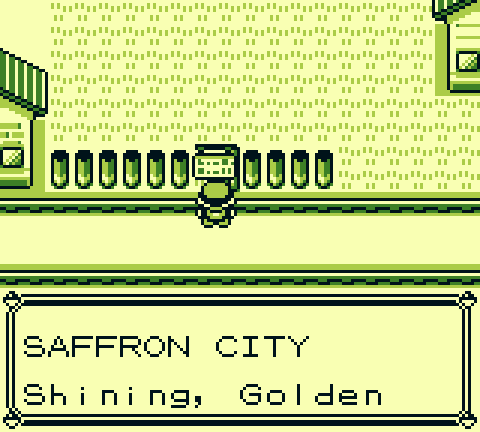
For the second post in this series, we'll take a look at the arrangement of buildings in each generation 1 Pokémon city by looking at:
- Each type of building for a town/route
- Any unique buildings
- Number of buildings
- Average height of the building in stories
- Size of the town in 8x8 pixel tiles
- In-game Population
We can then use these to get an understanding of what makes a Gen 1 Pokémon city feel like a nostalgic Pokémon city. And as a fun aside, I'll also link where in Japan each city is based on.
Towns and Cities
We'll look through the towns in order, starting from where "Shades of your journey await!"
Pallet Town
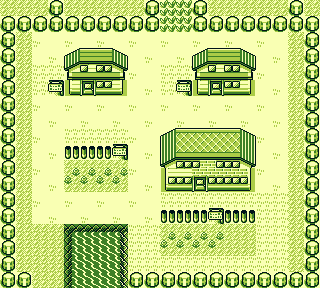
The smallest town in Kanto, with two family homes and Prof. Oak's lab. Based off Shimoda City.
| Stat | Count |
|---|---|
| Number of buildings | 3 |
| Average height | 2 |
| Size of town | 40x36 |
| Population | 8 |
Viridian City
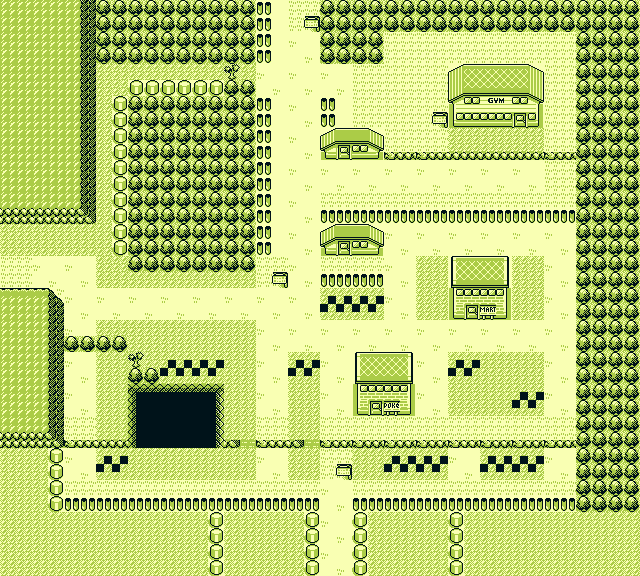
While there are few buildings, the population is why Viridian is a city. Based on Hakone Town.
| Stat | Count |
|---|---|
| Number of buildings | 5 |
| Average height | 2 (1.6) |
| Size of town | 80x72 |
| Population | 28 |
Pewter City
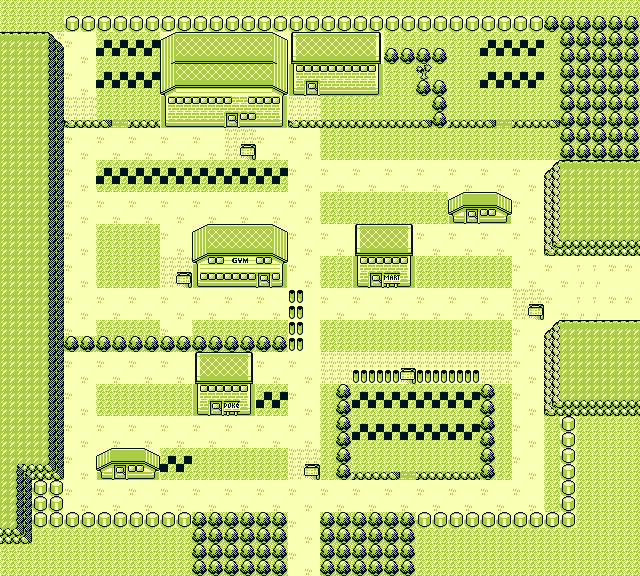
We'll find out later that Pewter City is nearly the model average of a city even though I remember Pewter feeling sparse. Based on Maebashi City.
| Stat | Count |
|---|---|
| Number of buildings | 7 |
| Average height | 2 (1.7) |
| Size of town | 80x72 |
| Population | 28 |
Cerulean City
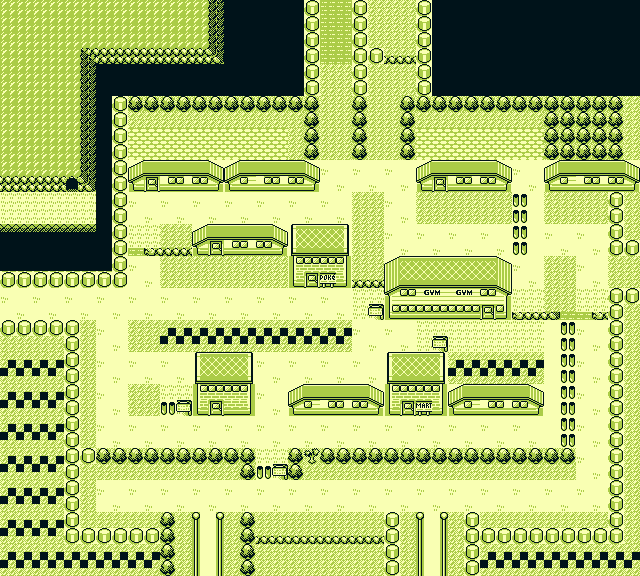
Has the most number of flat, wide buildings. Based on Tsuchiura City.
| Stat | Count |
|---|---|
| Number of buildings | 11 |
| Average height | 1 (1.2) |
| Size of town | 80x72 |
| Population | 27 |
Vermilion City
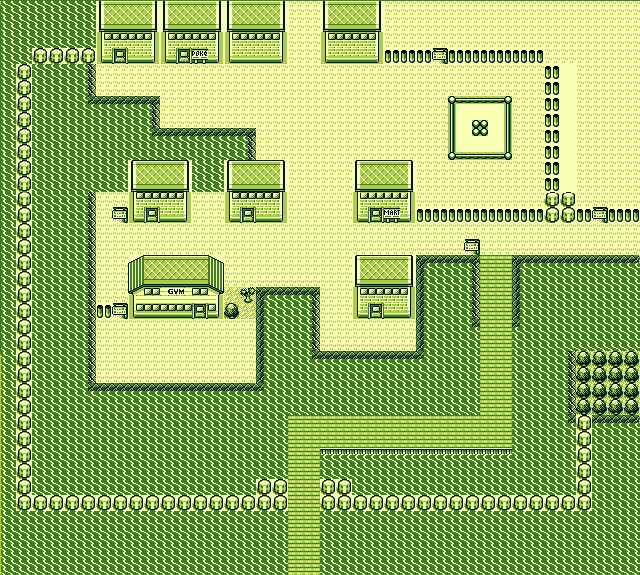
Maybe one day we'll see the building being built to the North East by the old man and forever stomping Machop. Based on Yokohama City.
| Stat | Count |
|---|---|
| Number of buildings | 9 |
| Average height | 2 |
| Size of town | 80x72 |
| Population | 25 |
Lavender Town
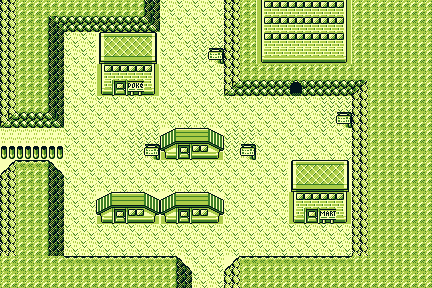
While the Pokémon Tower can't be fully seen, it is made up of five windowed levels, a non windowed level and the bottom "cave entrance" level totaling to seven. Based on Narita City or Sakura City both in Chiba Prefecture.
| Stat | Count |
|---|---|
| Number of buildings | 6 |
| Average height | 1 (1.4) or 2 (2.3) with the Pokemon Tower |
| Size of town | 54x36 |
| Population | 36 |
Celadon City
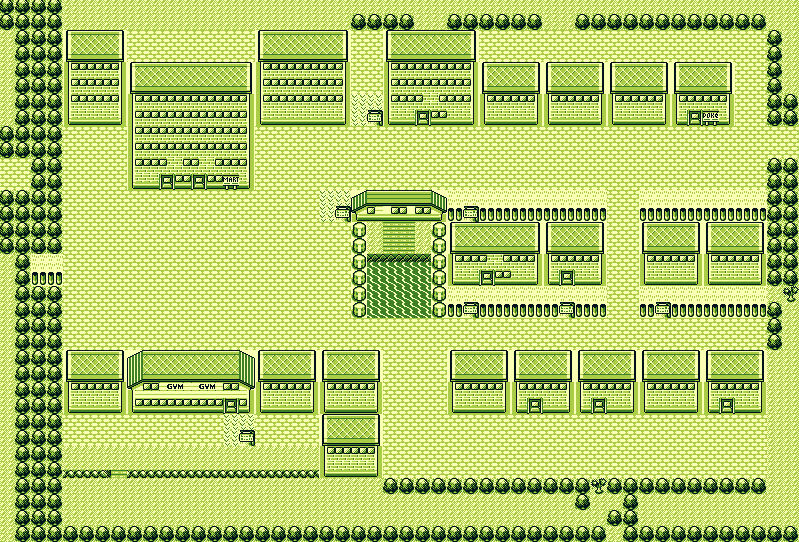
Now we're getting much larger with only a single building being single floor. The population also includes those in the Team Rocket hideout. Based on Shinjuku.
| Stat | Count |
|---|---|
| Number of buildings | 23 |
| Average height | 2 (2.4) |
| Size of town | 100x68 |
| Population | 81 |
Fuchsia City
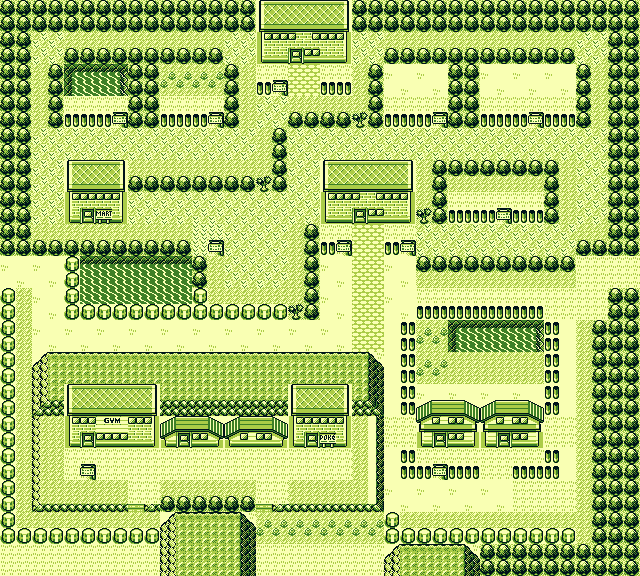
A neat city with the Safari Zone and little enclosures but annoying to navigate as it isn't straight forward and requires Cut. Based on Tateyama City.
| Stat | Count |
|---|---|
| Number of buildings | 9 |
| Average height | 2 (1.7) |
| Size of town | 80x72 |
| Population | 29 |
Saffron City
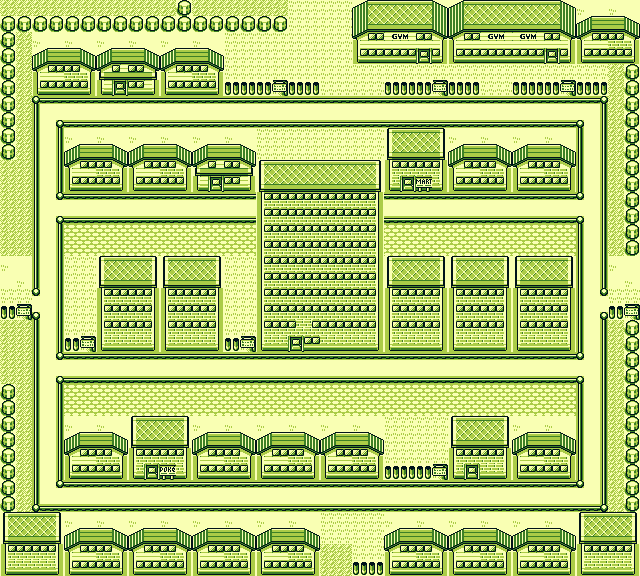
Funny how we can't go behind Silph Co. building, which is 10 floors tall. Based on Marunouchi.
| Stat | Count |
|---|---|
| Number of buildings | 34 |
| Average height | 3 (2.5) |
| Size of town | 80x72 |
| Population | 50 |
Cinnabar Island
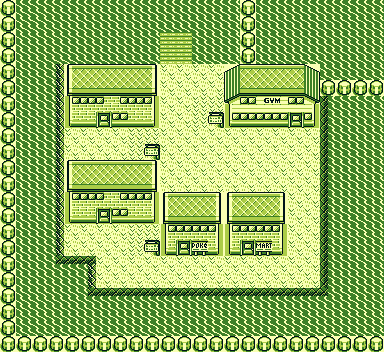
It gets much smaller in Gen 2 after the eruption. Based on Izu-Ōshima.
| Stat | Count |
|---|---|
| Number of buildings | 5 |
| Average height | 2 |
| Size of town | 48x44 |
| Population | 33 |
Routes
Some routes also feature buildings, while sparse, they often serve as homes, a unique building or some sort of toll/rest stop. For the following we'll be looking at routes that have non-Pokémon Centre buildings.
Route 2

Between Vermillion City and Pewter City we have four buildings. The buildings on the western paths are gates that bookend the Vermillion Forest while the eastern path, going south to north, contains another gate (with HM05, Flash) followed by a trainer's home.
Route 5
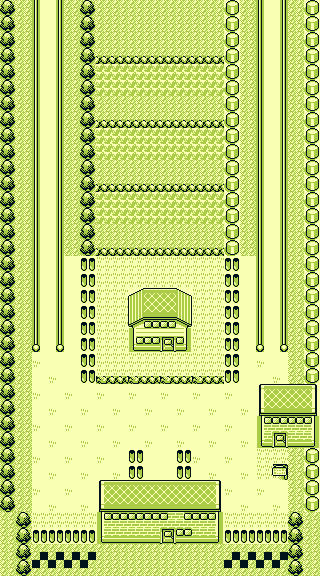
South of Cerulean City and north of Saffron City gives us Route 5 and three buildings. The middle building being the Daycare, the east building being the underground path and the south building being a gate.
Route 6
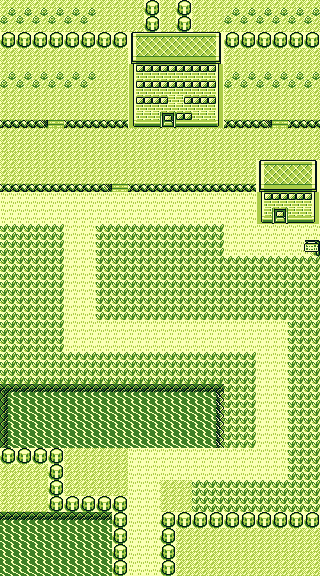
To the north is the gate to southern Saffron City and the small building to the east is the other side of the underground path on Route 5.
Route 7
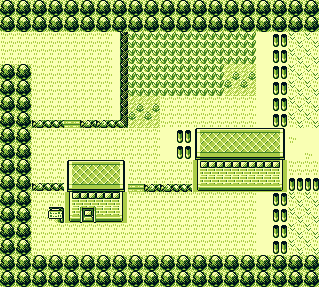
The small filling of the sandwich bread of Celadon City to the west and Saffron City to the east gives us a long side view of a gate and an underground path that takes us east beyond Saffron.
Route 8

Saffron City to the west and Lavender Town to the east. Like all routes adjacent to Saffron City, it has a gate (west) and this time a peculiarly short entry/exit building to the underground path leading to Route 7.
Route 10

This is an edit after, I entirely forgot about the Power Plant on Route 10. Another unique building. To the very south, we can see the top of Lavender Town's Pokémon Tower.
Route 12

A tall route mostly occupied by Silence Bridge. We have a north entry being a tall gate and a just-in-shot gate to the west. With nearly the center being a single story building belonging to the Fishing Guru.
Route 16
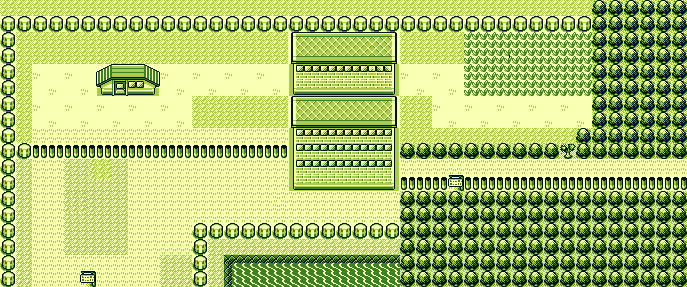
To the south, a gate leading to Cycling Road. To the north, another gate but much less important. To the west, a trainer's home and where you can pick up HM02, Fly.
Route 18
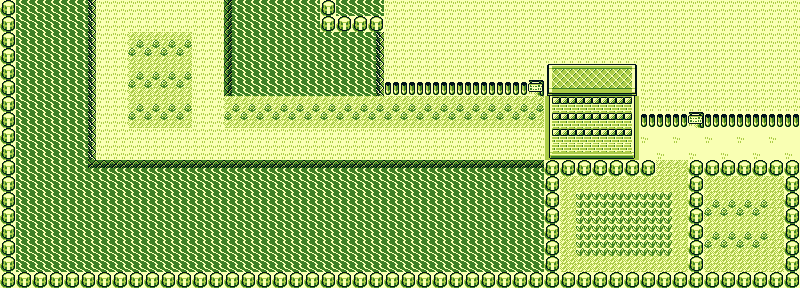
The southern end of Cycling Road just containing a gate.
Route 22
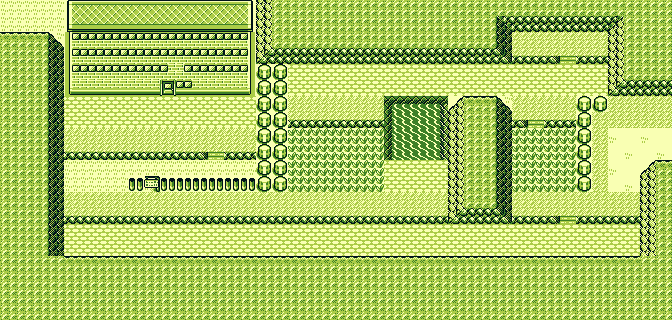
A special gate greets us on this route, the Pokémon League Reception Gate.
Route 25

Pokémon Expert Bill has a lovely sea cottage on the Cerulean Cape.
Building Analysis
Now that we have the data, let's take a look at it.
What's the Difference Between a Town and City?
We'll look at towns first and I'll be including Cinnabar Island as it feels like a town. I'll also be converting the size of the town to total number of tiles.
| Stat | Pallet Town | Lavender Town | Cinnabar Island | Average |
|---|---|---|---|---|
| Number of buildings | 3 | 6 | 5 | 5 |
| Average height | 2 | 2 | 2 | 2 |
| Total tiles | 1440 | 1944 | 2112 | 1832 |
| Population | 8 | 36 | 33 | 26 |
Both Lavender Town and Cinnabar Island are much larger in population due to their dungeons - Pokémon Tower and the Pokémon Mansion respectively. But it is clear that towns are about five, two height buildings.
| Stat | Viridian | Pewter | Cerulean | Vermilion | Celadon | Fuchsia | Saffron | Average |
|---|---|---|---|---|---|---|---|---|
| Number of buildings | 5 | 7 | 11 | 9 | 23 | 9 | 34 | 14 |
| Average height | 2 | 2 | 1 | 2 | 2 | 2 | 3 | 2 |
| Total tiles | 5760 | 5760 | 5760 | 5760 | 6800 | 5760 | 5760 | 5908 |
| Population | 28 | 28 | 27 | 25 | 81 | 29 | 50 | 38 |
With the cities, we have two big outliers: Saffron and Celadon. But we do get a fun one with Cerulean being on average shorter than towns. Let's split the big cities from the regular cities.
| Stat | Celadon City | Saffron City | Average |
|---|---|---|---|
| Number of buildings | 23 | 34 | 29 |
| Average height | 2 | 3 | 3 |
| Total tiles | 6800 | 5760 | 6280 |
| Population | 81 | 50 | 66 |
Large cities are... large. A huge amount of people, exacerbated by their dungeons or large number of enterable buildings.
| Stat | Viridian City | Pewter City | Cerulean City | Vermilion City | Fuchsia City | Average |
|---|---|---|---|---|---|---|
| Number of buildings | 5 | 7 | 11 | 9 | 9 | 8 |
| Average height | 2 | 2 | 1 | 2 | 2 | 2 |
| Total tiles | 5760 | 5760 | 5760 | 5760 | 5760 | 5760 |
| Population | 28 | 28 | 27 | 25 | 29 | 27 |
Much tidier numbers for the regular cities, very uniform across all the data.
In short:
- Towns have about 5 buildings of about 2 stories
- Regular cities have nearly 10 buildings of about 2 stories
- Big cities have 20-30 buildings and while they average to 3 height, do have some buildings much taller than the average
What Do We See Outside of Urban Centers?
This is a short answer: gates and the occasional home. Gates are often two stories with special ones being taller.
To Conclude
If you want to make a bog-standard Pokémon Generation 1 city, throw in just under a dozen buildings of varying heights but (around two stories) and fill it in with a late-twenty number of NPCs.